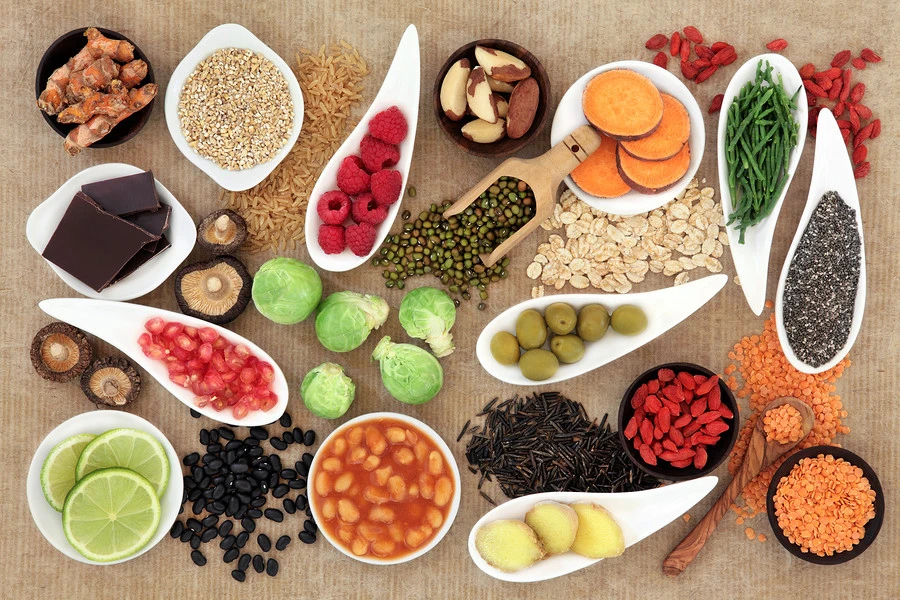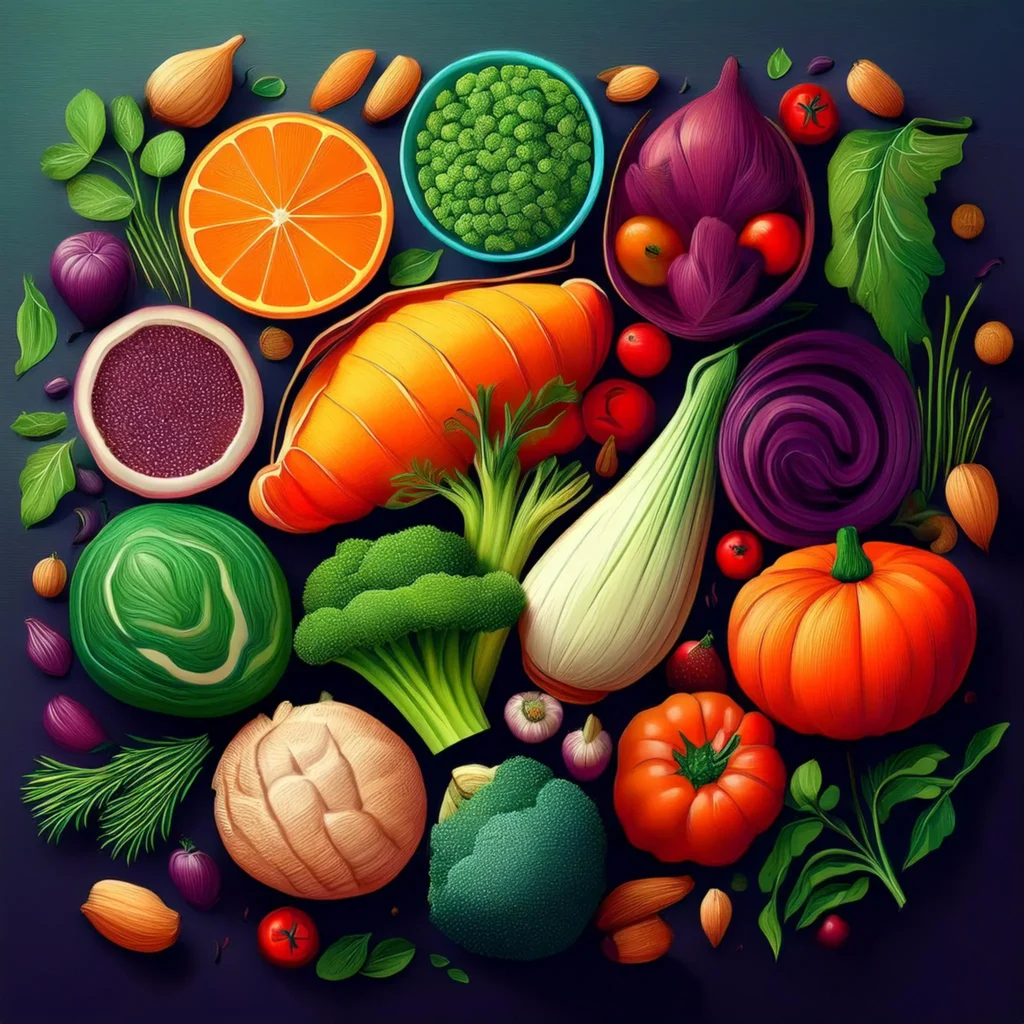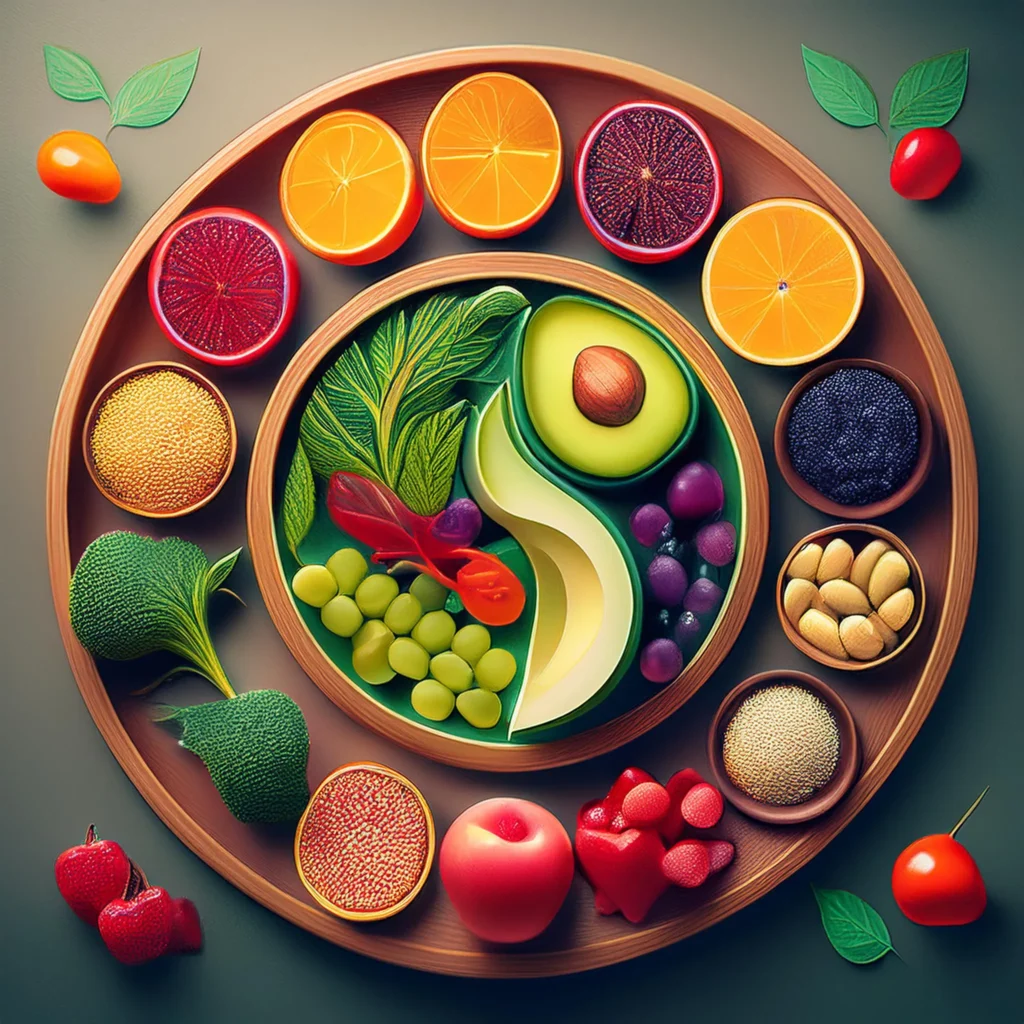Nutrition: Nutrients and the role of the dietitian and nutritionist
Nutrition is a globally active and far-reaching area of scientific research. It begins with local geography, history, culture, resources, and genetics and goes all the way through to the development of food and beverage products and their nutritional benefits to individual consumers and communities. With the world having turned into what seems like one big village, interest in traditional and ethnic foods is on the rise, as are the claims about their nutritional values and health-promoting effects. Today, traditional foods often are produced in a way that deviates from methods used long ago, when unknowingly microbes were exploited to make healthy and nutritious food products.
In principle, there is much knowledge about traditional and ethnic foods, but it is scattered around the world and in the minds and sometimes just notes of many people. It may have been published in an infinite number of journals, magazines and books. This knowledge often is hard to retrieve if retrievable at all. Much of it may disappear if not captured in time. The editors had the difficult task of identifying authors capable of doing what was needed, collecting and summarizing scattered information.
Nutrition Basics: What Is Inside Food, How It Functions and Healthy Guidelines
Introduction: Digesting the Science of Nutrition
Nutrition is more than just eating foods and drinking beverages. Nutrition is the science of how organisms take in and use food and drink for nourishment. This book centers on human nutrition, but nutrition really covers all organisms, including animals, fungi, microorganisms and plants.
The science of nutrition is explained and comes to life in this chapter and others through food science, cooking and baking. Food science is the study of the biological, chemical and physical properties of foods and their effects on the culinary, nutritional, sensory, storage and safety aspects of foods and beverages.
Cooking and baking are the processes of preparing foods and beverages for consumption by using various equipment, ingredients, methods and tools. Cooking and baking utilize food science to influence the appeal, digestibility and satisfaction of foods and beverages—which, in turn, affect their nutritional values.

Food scientists and culinary professionals require a good working knowledge of how nutrition, food science, cooking and baking interact. Foods and beverages must look good and taste great to be selected, consumed and utilized for good health.
To this end, this chapter examines foods and beverages “from the inside out.” The molecules that comprise carbohydrates, lipids, proteins, vitamins, minerals and water are explored to see their effects on ingredient and food product formulations and cooking and baking practices.
Many foods and beverages are considered nutritious and fit into a healthy diet. Other foods and beverages are controversial. This chapter sorts out these disagreements. It highlights what is thought to be normal nutrition, undernutrition and overnutrition to establish what humans should consume for health and wellness. The remarkable pathways that foods and beverages take during their consumption, digestion, absorption, metabolism, storage and use are featured in this chapter. It helps to “digest” the biochemistry of nutrients and translates nutritional science into understandable and practical applications.
Up-to-date nutrition guidelines for healthy eating from the US Department of Agriculture (USDA) and prominent health associations are covered, as well as how these guidelines translate into healthy cooking and baking methods and new product development.
Knowledge about why consumers select or avoid certain foods and beverages is also incorporated. There is information about which factors motivate consumers to make food choices, including food and nutrition labeling, marketing and media along with environmental, religious and societal concerns.
This is a lot to digest! This chapter breaks it down into bite-sized morsels. Whether you are a nutrition, food science or culinary student or professional, this chapter is fundamental to see the progression that foods and beverages take from the land or the laboratory to the kitchen, then on for human consumption, satisfaction and health.
Food Processing and Foodborne Illness
Perspective
Nutrition: Nutrients and the role of the dietitian and nutritionist is the basic process for energy intake for all metabolic processes in all living organisms. In human society, however, eating is also a social, often enjoyable event and consumers always expect affordable, safe, and good quality food. The concept of one world–one health for humans, animals, plants, and environment is particularly crucial when food and waterborne diseases are considered. Zoonotic infections, antibiotic resistance, and pollution are all big concerns for public health. The continuous collaboration between public health, veterinary, and food safety experts is an overall challenge. Food safety is a multidisciplinary field with several aspects to be considered: agronomy, microbiology, chemistry, nutrition, food science, and technology, as well as social sciences for good risk communication and effective preventive campaigns. Educational intervention on good practices in handling and conservation should be diffused at basic level to the consumers also since their kitchen, tables, and refrigerators are the final destinations of food before consumption.

Nutrition Basics: What Is Inside Food, How It Functions and Healthy Guidelines
Nutrition, Nutritional Science and Nutrients
Nutrition is multifaceted. It is the sum of all of the processes in the consumption and utilization of foods and beverages. Nutritional science examines how organisms consume and process foods and beverages for nourishment. Nutrients, including carbohydrates, lipids, proteins, vitamins, minerals and water, are the essence of nutrition. They are also fundamental to ingredient and product development, cooking and baking. As we purchase, prepare and consume foods and beverages we should be cognizant that their nutrients contribute to our health and well-being.
There are hundreds of chemicals in the foods and beverages for human consumption. Many of these chemicals are affected by cooking and baking. In addition, cooking and baking add other chemicals to our food supply and manipulate their structures and functions.
The impact of these chemicals on human nutrition cannot be understated. Nutrition, food science and culinary professionals need to keep current about rapidly evolving nutrient research and guidelines to create the healthiest products, recipes and menus. Nutrients and their functions pave the way.
Nutrition is the process by which organisms use food to support their life.
Nutrition is a critical part of health and development. Better nutrition is related to improved infant, child and maternal health, stronger immune systems, safer pregnancy and childbirth, lower risk of non-communicable diseases (such as diabetes and cardiovascular disease), and longevity.
Healthy children learn better. People with adequate nutrition are more productive and can create opportunities to gradually break the cycles of poverty and hunger.
Malnutrition, in every form, presents significant threats to human health. Today the world faces a double burden of malnutrition that includes both undernutrition and overweight, especially in low- and middle-income countries. There are multiple forms of malnutrition, including undernutrition (wasting or stunting), inadequate vitamins or minerals, overweight, obesity, and resulting diet-related noncommunicable diseases.
Nutritional patterns in the living world
Living organisms can be categorized by the way in which the functions of food are carried out in their bodies. Thus, organisms such as green plants and some bacteria that need only inorganic compounds for growth can be called autotrophic organisms; and organisms, including all animals, fungi, and most bacteria, that require both inorganic and organic compounds for growth are called heterotrophic. Other classifications have been used to include various other nutritional patterns. In one scheme, organisms are classified according to the energy source they utilize. Phototrophic, or photosynthetic, organisms trap light energy and convert it to chemical energy, whereas chemoautotrophic, or chemosynthetic, organisms utilize inorganic or organic compounds to supply their energy requirements. If the electron-donor materials utilized to form reduced coenzymes consist of inorganic compounds, the organism is said to be lithotrophic; if organic, the organism is organotrophic.
Defining functional foods and associated claims
Nutrition: a science of the twentieth century
Even though ‘diet’ and ‘food’ are very old terms, probably as old as human beings, the term ‘nutrition’ is rather modern, appearing for the first time in the nineteenth century. Nutrition is multidisciplinary as it integrates and applies broad and available knowledge (including basic science) about foods and/or nutrients and their effects on body physiology with the aim of maintaining/improving the state of well-being and health.1
During the twentieth century, essential nutrients have been discovered and nutrient standards, dietary guidelines and food guides established, mainly if not exclusively with the aim of preventing deficiencies and supporting body growth, maintenance and development. More recently, in the last 30 years, recommendations have also been made to avoid excessive consumption of some of these nutrients since their potential role in the etiology of miscellaneous (mostly chronic) diseases has been recognised.2 These advances are reflected in:
Nutrient standards,3 the recommended daily allowances (RDAs) or reference nutrition intakes (RNIs) which are the ‘average daily amounts of essential nutrients estimated on the basis of available scientific knowledge to be sufficiently high to meet the physiological needs of nearly all healthy persons’.
Dietary guidelines,4 which are ‘advice on consumption of foods or food components for which there is a related public health concern’, mostly when RDAs or RNIs are not available. These are expressed in relation to total diet, often in qualitative terms (more/less/increased/reduced …), based on consensus research findings relating to diet and health.
Food guides,5 which are ‘the translation of nutritional standards and dietary guidelines in terms of recommendations on daily food intake’. These form a conceptual framework for selecting the kinds and amounts of foods of various types that, together, provide a nutritionally satisfactory diet. They are based on nutrient standards, composition of foods, food intake patterns and factors influencing food choice.
Carbohydrates
Sugar, starch, and fiber are types of carbohydrates.
Sugars are simple carbs. The body quickly breaks down and absorbs sugars and processed starch. They can provide rapid energy, but they do not leave a person feeling full. They can also cause a spike in blood sugar levels. Frequent sugar spikes increase the risk of type 2 diabetes and its complications.
Fiber is also a carbohydrate. The body breaks down some types of fiber and uses them for energy; others are metabolized by gut bacteria, while other types pass through the body.
Fiber and unprocessed starch are complex carbs. It takes the body some time to break down and absorb complex carbs. After eating fiber, a person will feel full for longer. Fiber may also reduce the risk of diabetes, cardiovascular disease, and colorectal cancer. Complex carbs are a more healthful choice than sugars and refined carbs.
Proteins
roteins consist of amino acids, which are organic compounds that occur naturally.
There are 20 amino acids. Some of these are essential Trusted Source, which means people need to obtain them from food. The body can make others. Some foods provide complete protein, which means they contain all the essential amino acids the body needs. Other foods contain various combinations of amino acids. Most plant-based foods do not contain complete protein, so a person who follows a vegan diet needs to eat a range of foods throughout the day that provides the essential amino acids.
Fats
Fats are essential for:
- lubricating joints
- helping organs produce hormones
- enabling the body to absorb certain vitamins
- reducing inflammation
- preserving brain health
However, the type of fat a person eats makes a difference. Unsaturated fats, such as olive oil, are more healthful than saturated fats, which tend to come from animals.
Water
The adult human body is up to 60% water, and it needs water for many processes. Water contains no calories, and it does not provide energy.
Many people recommend consuming 2 liters, or 8 glasses, of water a day, but it can also come from dietary sources, such as fruit and vegetables. Adequate hydration will result in pale yellow urine.
Requirements will also depend on an individual’s body size and age, environmental factors, activity levels, health status, and so on.
Click here to find out how much water a person needs each day and here to learn about the benefits of drinking water.



